Wearable fitness trackers have become ubiquitous in modern health monitoring, but one question continues to spark debate among researchers and users alike: does placement on the body affect the accuracy of these devices? A recent series of controlled experiments sought to answer this by comparing data from wrist-worn, ankle-strapped, and chest-mounted trackers under identical conditions. The findings reveal surprising variations in heart rate detection, step counting precision, and sleep pattern analysis depending on where the device was worn.
The study recruited 150 participants across varying fitness levels, each equipped with three synchronized trackers for a 30-day observation period. Wrist placement, the most common configuration, showed excellent step count reliability during walking and running but struggled with cycling motions. Meanwhile, ankle-mounted devices demonstrated superior accuracy for distance measurement during runs, though they frequently misinterpreted foot taps or leg shakes as steps during sedentary periods.
Sleep data collection proved particularly sensitive to positioning. Chest-worn trackers using ECG-derived heart rate consistently outperformed optical sensors on extremities in detecting REM cycles. Participants who switched from wrist to chest placement saw their registered "deep sleep" duration increase by an average of 23 minutes per night, suggesting many wrist-based devices might be underestimating this crucial recovery phase. The researchers attribute this to reduced motion artifacts near the torso compared to the more active extremities.
Interestingly, the experiments uncovered an unexpected finding about skin tone interference. Darker pigmentation caused slightly higher error rates in optical heart rate monitoring across all positions, but this effect diminished significantly when devices were worn on the inner wrist or ankle rather than outer surfaces. This suggests proper fit and placement may help mitigate known issues with photoplethysmography (PPG) technology across diverse populations.
For calorie expenditure estimation, no single position emerged as clearly superior. Wrist placement tended to overestimate energy burn during weight training by 12-15%, while ankle trackers showed better alignment with metabolic cart measurements during treadmill sessions. The chest monitors provided the most consistent results overall but were deemed impractical for all-day wear by most participants due to comfort issues.
The research team emphasizes that optimal placement depends on the primary intended use of the tracker. For general activity monitoring, the traditional wrist position remains reasonably accurate and convenient. Athletes focused on running metrics might benefit from ankle placement during workouts, while those prioritizing sleep analytics could consider chest-worn options at night. These findings may influence future wearable designs, potentially leading to modular systems that allow easy repositioning for different activities.
As wearable technology continues evolving, this study highlights the importance of standardization in research methodologies. Previous conflicting reports about tracker accuracy might partially stem from unaccounted placement variables. Moving forward, scientists recommend clearly documenting wear position in all fitness tracker studies to enable proper cross-comparison of results.
Consumer education also emerges as a key takeaway. Many users don't realize that simply adjusting how tightly they wear their device or which wrist they choose can impact data quality. The experiments showed that moving a wrist tracker just two centimeters higher on the forearm reduced step count errors by 8% during household activities. Such small adjustments could meaningfully improve the user experience for millions of fitness tracker owners worldwide.
While the perfect universal placement may not exist, this comprehensive investigation provides valuable guidance for both consumers and manufacturers. As health monitoring grows increasingly reliant on wearable data—from clinical studies to insurance assessments—understanding these positional nuances becomes ever more critical. The findings underscore that when it comes to biometric tracking, location matters just as much as the technology itself.

By /Jul 28, 2025

By /Jul 28, 2025

By /Jul 28, 2025

By /Jul 28, 2025

By /Jul 28, 2025

By /Jul 28, 2025

By /Jul 28, 2025

By /Jul 28, 2025
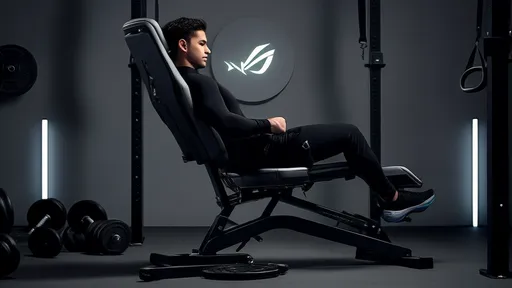
By /Jul 28, 2025

By /Jul 28, 2025
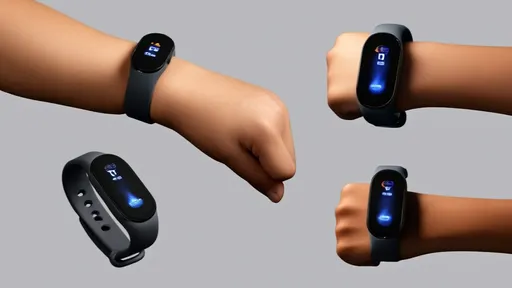
By /Jul 28, 2025
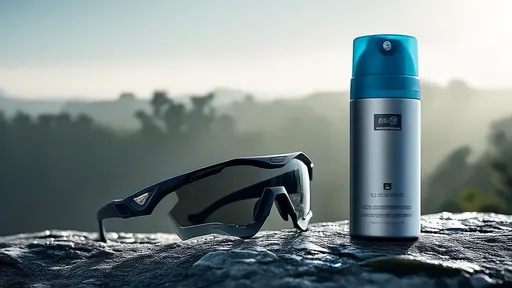
By /Jul 28, 2025
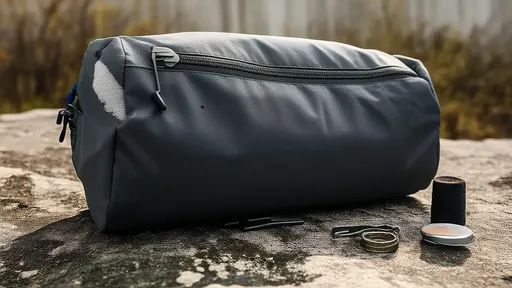
By /Jul 28, 2025
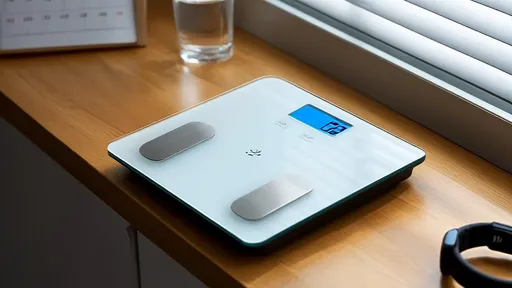
By /Jul 28, 2025

By /Jul 28, 2025

By /Jul 28, 2025
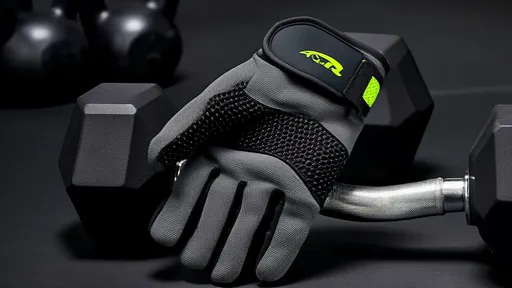
By /Jul 28, 2025
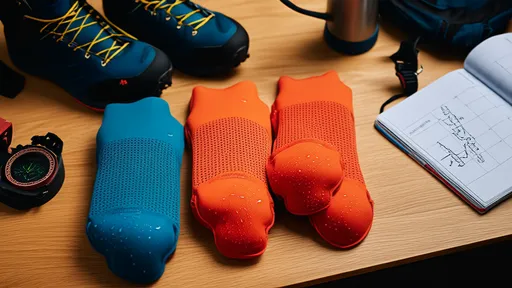
By /Jul 28, 2025

By /Jul 28, 2025
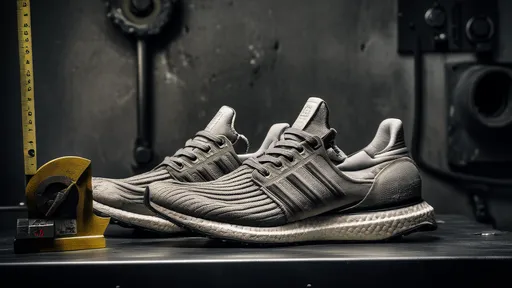
By /Jul 28, 2025